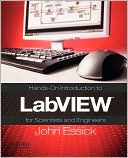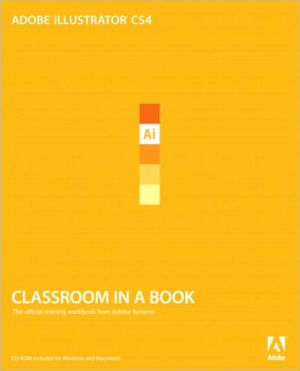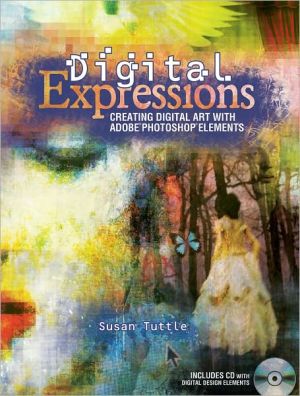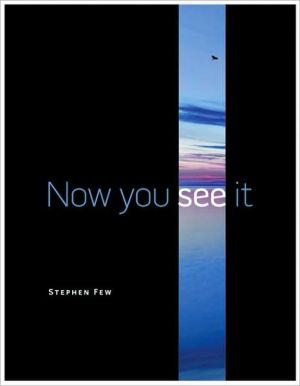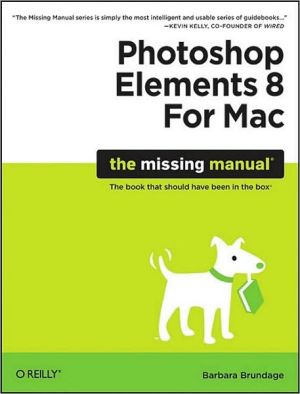LabVIEW for Scientist and Engineers
Search in google:
Hands-On Introduction to LabVIEW for Scientists and Engineers takes a "learn-by-doing" approach to acquiring the computer-based skills used in daily experimental work. Ideal as a course textbook or a self-study supplement, the text explores practical programming solutions for carrying out interesting and relevant projects. Readers—who are assumed to have no prior computer programming or LabVIEW background—will begin writing meaningful programs in the first few pages. Instructors adopting the book as a classroom text can easily choose the desired depth of coverage for their courses. The first four chapters focus on the fundamentals of LabVIEW programming and the basics of computer-based experimentation using a National Instruments data acquisition (DAQ) device; these chapters provide the instructional materials necessary for a three-week introduction to LabVIEW-based data acquisition. A full-featured course that uses most of the text's chapters will bring students to an intermediate skill level in computer-based data acquisition and analysis.Features*Flexible modular structure. The text's unique organization makes it suitable as either a short introduction to LabVIEW or a guide to more in-depth programming.*Easy-to-implement Express VIs enable introduction of data acquisition in early chapters.*"Do It Yourself" projects at the end of each chapter. Each project poses an interesting "real-world" problem and loosely directs readers in applying the chapter's material to find a solution.*Homework problems at the end of each chapter. A wide selection of homework-style problems allows interested students to test their understanding and further develop their computer-based experimentation skills.
1. The While Loop and Waveform Chart 2. The For Loop and Waveform Graph 3. The Mathscript Node and XY Graph 4. Data Acquisition Using DAQ Assistant 5. Data Files and Character Strings 6. Shift Registers 7. The Case Structure 8. The Sequence Structure 9. Analysis VIs: Curve Fitting 10. Analysis VIs: Fast Fourier Transform 11. Data Acquisition and Generation Using DAQmx VIs 12. PID Temperature Control Project 13. Control of Stand-Alone Instruments Appendix I: Construction of Temperature Control System
